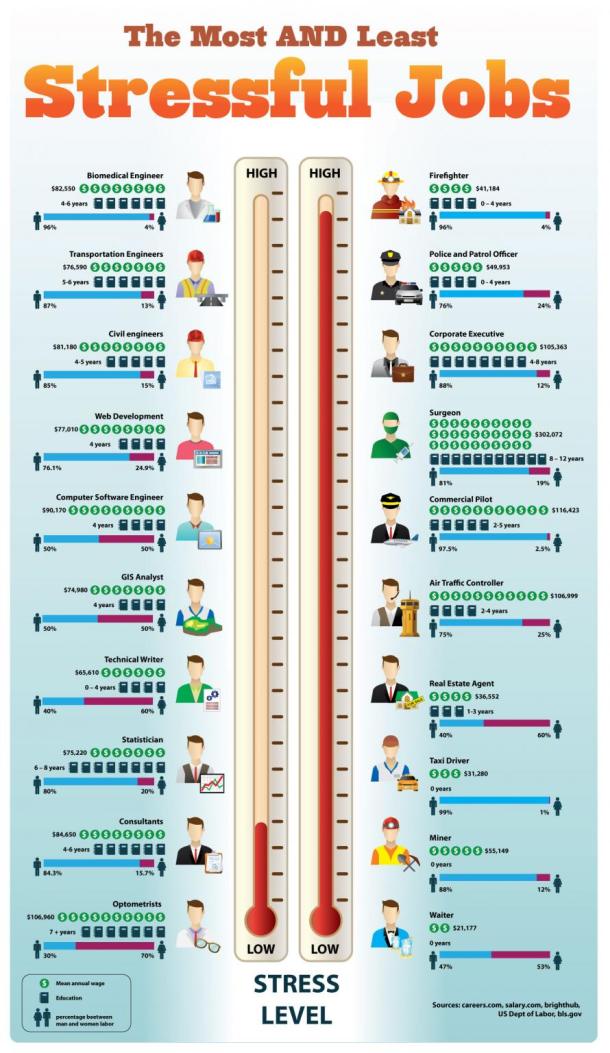
 SHRM.org published an article at the end of the year outlining the newest tools and biggest improvements 2013 had to offer for HR in the way of software and mobile capabilities. Regardless of your focus – whether recruiting, benefits, training or another discipline – your day-to-day work has been largely impacted or even automated to some extent by the use of any number of HR-specific software programs.
SHRM.org published an article at the end of the year outlining the newest tools and biggest improvements 2013 had to offer for HR in the way of software and mobile capabilities. Regardless of your focus – whether recruiting, benefits, training or another discipline – your day-to-day work has been largely impacted or even automated to some extent by the use of any number of HR-specific software programs.
Last year brought significant advancements, and vendors are poised in 2014 to offer further technological developments. Here are a few of the standouts:
Recruiting
Experts predict that this year, more career sites will focus on the mobile application process. Candidates are increasingly conducting their job searches primarily or exclusively via smartphones or tablets (the number of job seekers using mobile devices to search out and apply for opportunities has more than quadrupled since 2012), steadily driving up the demand for mobile-ready sites. Along with this shift, the concept of seamless credential application – the ability to apply via social footprints such as LinkedIn profiles – is likely to gain traction.
Mobile and Social
CedarCrestone, which annually conducts a far-reaching HR survey, reported that mobile-enabled HR process adoption increased by 67 percent over 2012 figures, with highest adoption rates among payroll, recruiting, performance management, and training processes. The firm predicts this rate to nearly double in the coming year. Mobile applications have had a particular impact in recruiting, where applications now enable hiring authorities to use mobile devices to view resumes and evaluate interviews, among other functions. The greatest perceived benefit to the use of social applications are in identifying strong candidates, improving employee engagement and bolstering workforce collaboration.
Workforce Analytics
Real strides have been made in the past year with regard to using data to predict potential time-to-fill metrics based on competitors’ recruiting performance and even pinpoint flight risks. This data can be used to refine strategies, minimizing attrition and maximizing recruitment resources.
Recordkeeping and Benefits Communication
New tools, such as Kin, are available as integrated solutions to automate functions like timekeeping, onboarding and managing leaves of absence. Additional programs – the article references a cloud-based solution by Thomsons Online Benefits – takes the guess work out of benefits enrollment, contributions, accrual and management, providing a centralized hub where employees can view and research virtually anything they need to know about their benefits.
Published by Conselium Executive Search, the global leader in compliance search.

